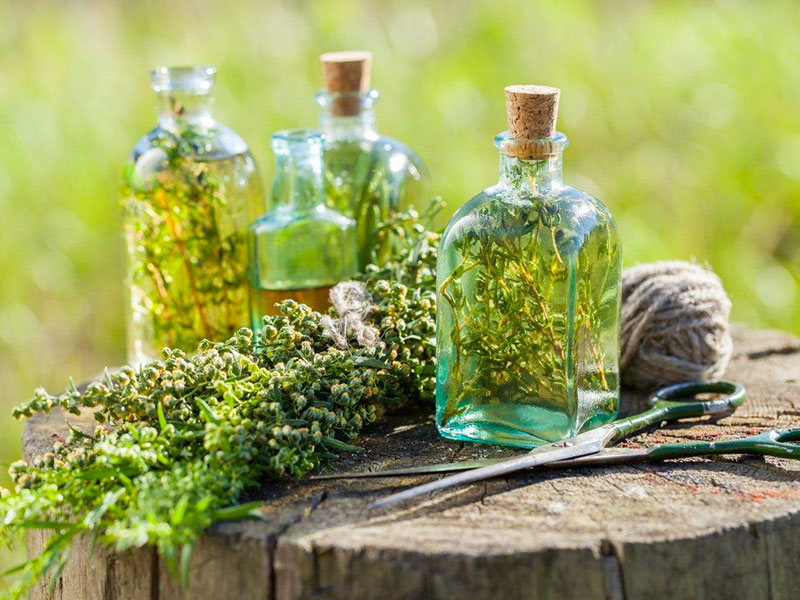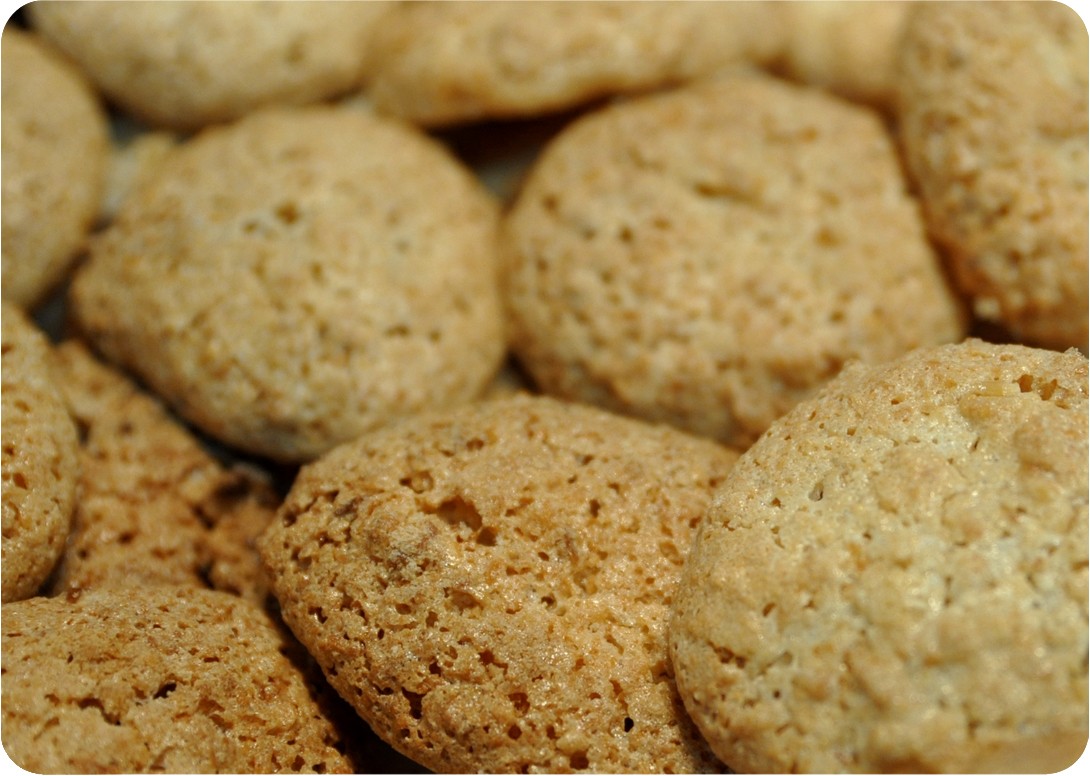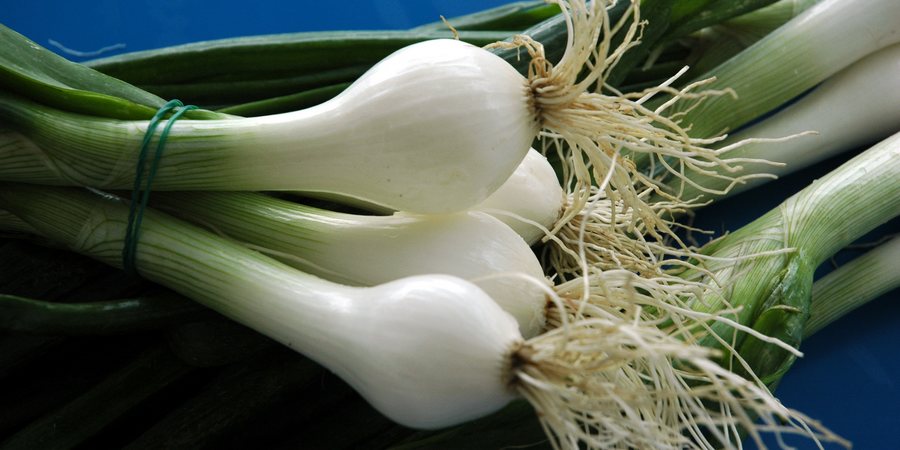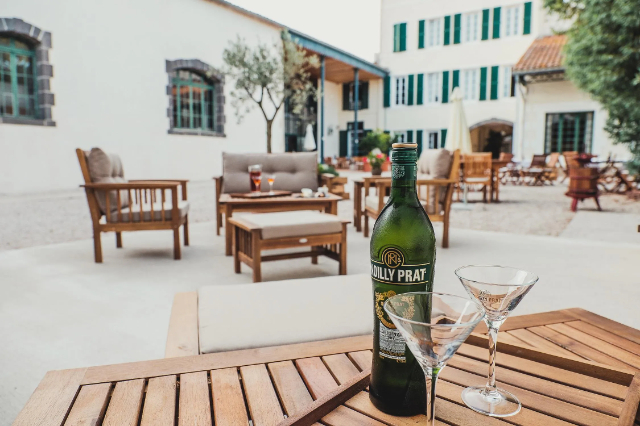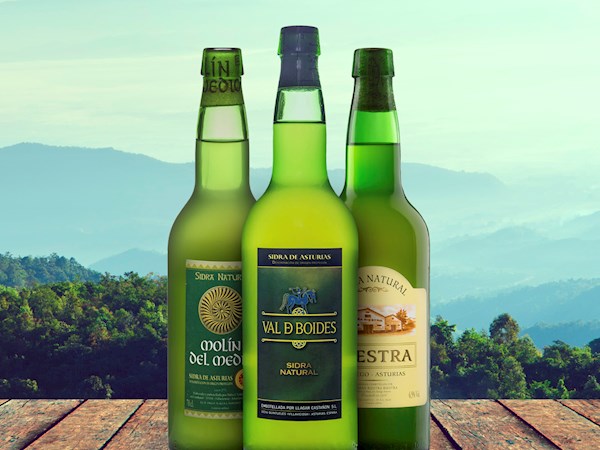Genepì del Piemonte Geographical Indication is a liqueur obtained through the extraction of the active principles of the plants belonging to the species Artemisia genipi Weber, A. mutellina Vill., A. glacialis L., A. nivalis Br.-Bl., A. petrosa Jan., by infusion or suspension of the plants themselves in a hydro-alcoholic solution. The genepi used must be harvested from wild plants and/or from
plants and/or from cultivations located in the identified production area.
Among the people of the Western Alps, and in particular in the territory known as "Occitania", the use of the medicinal plant of genepì has historically represented a widespread therapeutic method for many inflammatory and digestive diseases.
In the second half of the 1700s, in Fenestrelle, the royal notary Stefano Pin was the first to introduce distillation and the still into the Piedmontese Occitan valleys, and his son Stefano Giuseppe, taking advantage of his studies, started the production of genepì, describing in detail the systems used in its production in a recipe book dated 1823.
In the following decades began to spread the factories of transformation of the grass in liqueur, and given the considerable increase of them and to meet a growing demand for raw material, around the middle of 1900 are started the first cultivations of genepi.
In 2000, in Piedmont, a concrete action for the protection and enhancement of the genepi cultivation started, with the aim of defining the best cultivation techniques and evaluating the possibility of expanding the cultivation.
